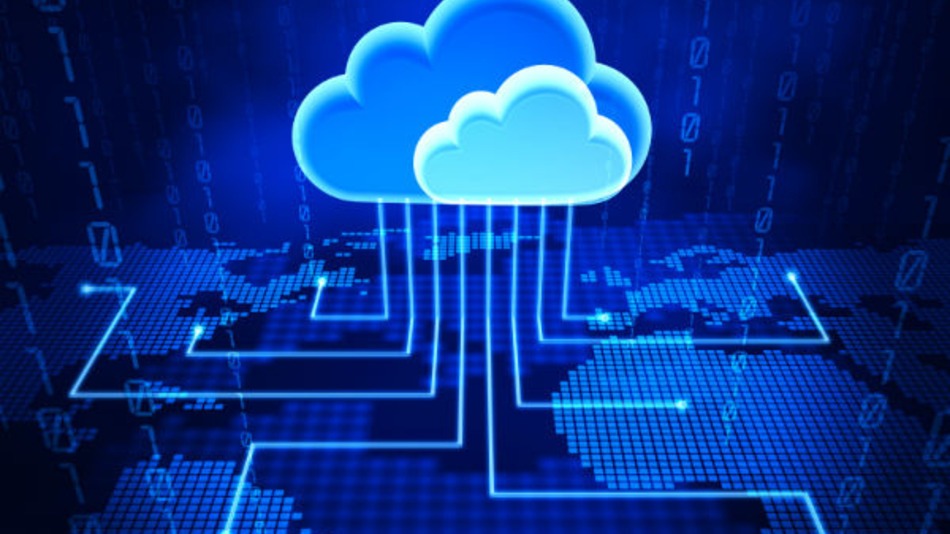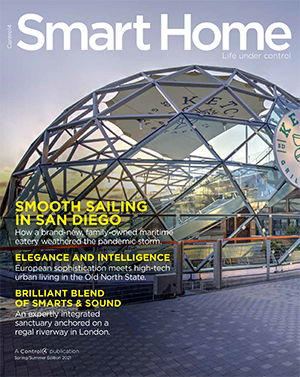Cloudy with a Chance of Frustration: Reliable Home Automation Is Key
December 10, 2014
The cloud: it’s just such a fun term to use, isn’t it? I can’t think of a more overused tech “buzzword” right now and the meaning seems to have become incredibly vague. Oftentimes, when someone doesn’t understand exactly how something in technology works they’ll tell you it’s done in the cloud.
In this post, I’m not going to go into a comprehensive definition of what the cloud is. However, I have noticed that when people talk about the cloud when discussing home automation, they are typically referring to how the connected devices in their home receive commands through an internet connection. This connection is what allows control of those home devices from anywhere.
Home automation is about so much more than just control. The automation part means that your devices become aware of each other so that an action on one device automatically triggers an action (or multiple actions) for another. For example, pausing a movie can ramp up the lights in your home theater, or turning on the A/C can lower the shades in your living room—all of this happening simultaneously.
Many of the “connected” devices available today need a way to be controlled, so companies are creating what is called “cloud logic.” For example, when you pull out your phone to change the temperature in your home, the command is processed in the cloud and then sent to your home. And it doesn’t matter if you’re already sitting in your kitchen or if you’re a thousand miles away.
However, there are two big flaws with this “cloud logic.”
In this post, I’m not going to go into a comprehensive definition of what the cloud is. However, I have noticed that when people talk about the cloud when discussing home automation, they are typically referring to how the connected devices in their home receive commands through an internet connection. This connection is what allows control of those home devices from anywhere.
Home automation is about so much more than just control. The automation part means that your devices become aware of each other so that an action on one device automatically triggers an action (or multiple actions) for another. For example, pausing a movie can ramp up the lights in your home theater, or turning on the A/C can lower the shades in your living room—all of this happening simultaneously.
Many of the “connected” devices available today need a way to be controlled, so companies are creating what is called “cloud logic.” For example, when you pull out your phone to change the temperature in your home, the command is processed in the cloud and then sent to your home. And it doesn’t matter if you’re already sitting in your kitchen or if you’re a thousand miles away.
However, there are two big flaws with this “cloud logic.”
- First, since the commands for each device are being processed in the cloud, there is no unity. Pausing a movie won’t automatically turn on my lights because that would require two different devices, two separate apps, and two sets of commands to be sent to the cloud and then sent back to my home. This basically removes the automation component from these devices. Some manufacturers are addressing this issue by creating partnerships that would allow a single command to talk to each device.
- But, what happens if your internet goes down? This is the second flaw with “cloud logic”. As soon as the internet connection fails, everything stops working. Sure, you can manually retain local switch control but that’s not why you paid the premiums for those devices in the first place.

